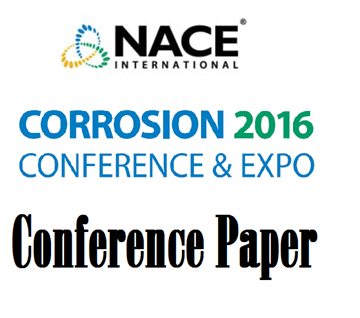Telecommunication towers with different structural designs have been widely used to support antennas for communications via cellular networks two-way radios and sometimes even satellites. Nowadays wireless communication has become an essential part of networking for businesses navigation systems defense systems and social services such as police firefighters and ambulances. As such structural integrity of transmission towers is the key to ensure reliable communication services; nonetheless these structures are constantly under corrosion attack. In fact many tower facilities are coming of age and underground corrosion is now becoming an industry issue and the primary cause of in-service equipment degradation and failure.Among different types of telecommunication towers guyed towers are the focus of this study owing to their popularity and vulnerability to corrosion. These incredibly tall yet slender structures are held upright by a series of guy wires providing lateral support with steel shafts connecting these cables to deeply buried anchor blocks usually a concrete mass. The anchor shaft plays a critical role in structural integrity of the tower. This component is constantly under tensile force as a result of tension in guy wires and the weight of the anchor block; accordingly any crack or material loss in anchor shaft as a result of corrosion activities increases the risk of mechanical failure and compromises the stability of the tower.This study aims at analysis and design of an efficient cathodic protection system to mitigate the underground corrosion at anchor shafts of telecom infrastructure.Aphysics-basedapproachwithmodelingandexperimental aspects is proposed to establish an in-depth understanding of cathodic protection system performance under actual operating conditions.MethodologyDesign of a galvanic cathodic protection system for steel structures leads to an interesting design problem which involves a large number of parameters that determine the transport phenomena in the electrochemical processes involved including:1. Transport (conduction and diffusion) coefficients for charge and species in the electrolyte (soil) between the anode and the structure (cathode)2. Interfacial kinetic and polarization coefficients (Tafel coefficients) at the anode-electrolyte and cathode-electrolyte interfaces3. Anode arrangement i.e. anode material the number of anode sites their interference shape of anodes and their distance from the structure4. Irregularities in the structure geometry (sharp and round edges holes bending and joints) and its interaction with the field5. Thickness of the zinc coating and intermetallic layers.Detailed formulation of the governing relations which describe the underlying transport processes and the effects of corresponding parameters leads to a complex nonlinear system of equations that requires numerical analysis. A finite-element computational platform is employed to numerically solve the governing equations in three-dimensional geometries and perform parametric studies.In modeling a cathodic protection system for underground structures due to stratification effects in the soil and variations of coating conditions particularly in aging structures the transport of species at the interface between the soil and electrodes is nonhomogeneous thus complex polarization effects due to variable interfacial kinetic on the surface must be considered.




